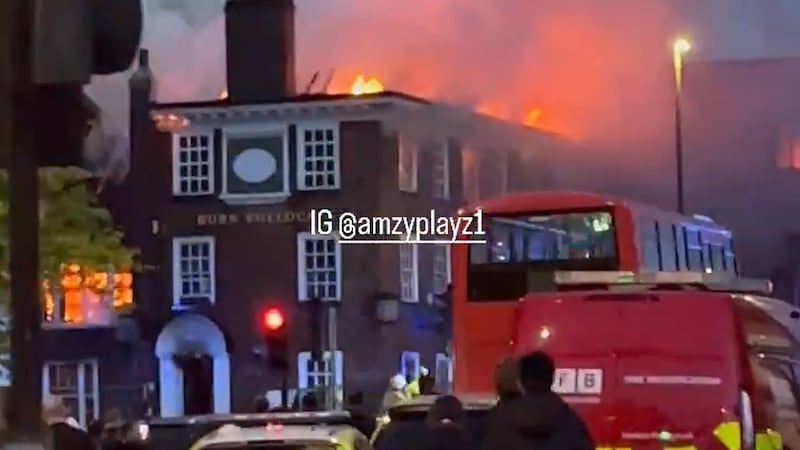DOUBT has been cast on a key element of one of Ireland's most famous historical events - the reading of the Proclamation of the Irish Republic.
Almost a century since Patrick Pearse stood on the steps of Dublin's General Post Office on Easter Monday in 1916 to read the revolutionary document, a new book has suggested there may have been a case of mistaken identity. Historian Ann Matthews, who has written The Irish Citizen Army, claims it may have been Co Tyrone man Tom Clarke who read the Proclamation.
She also suggests that the Proclamation - which declared "the right of the people of Ireland to the ownership of Ireland" - may not have been read on the steps of the GPO but in the middle of the street in front of Nelson's Pillar.
The writer, who has lectured at the National Museum of Ireland in Maynooth, said many accounts have been based on a witness testimony given to the Bureau of Military History by Diarmuid Lynch, a member of Pearse's bodyguard unit on the day. However, she argues that as the statement was given 32 years after the actual event, "some confusion is understandable".
Instead, Dr Matthews points to an account written by a reporter from the Dublin Saturday Post which refers to a "small man in plain clothes" who came from the post office with a "bundle of papers under his arm".
The man, who was "escorted by a guard of revolutionaries", reportedly made his way to Nelson's Pillar and began to speak.
Dr Matthews said the significant point is the fact that it was a "small man".
She said this goes against other reports which describe Pearse, left, as wearing a green uniform on that day, as well as being "tall and well set up".
Dr Matthews states: "The only leader who fits the description given in the 'Post' is Tom Clarke."
Born in the Isle of Wight to Irish parents and brought up in Dungannon, Clarke spent 15 years in prison prior to his leading role in the Easter Rising and was executed afterwards.
* MISTAKEN IDENTITY: Left, the Proclamation of the Irish Republic. Above, Tom Clarke


